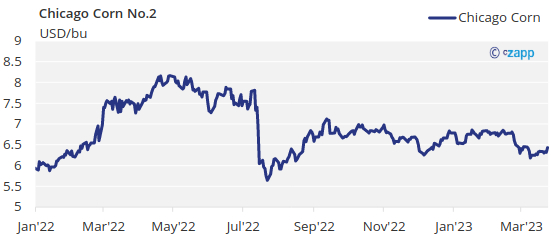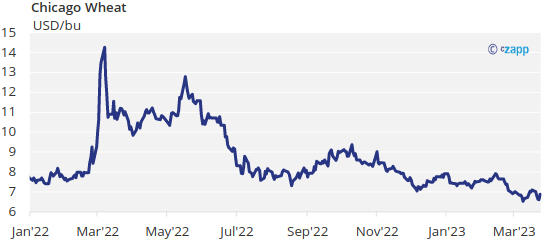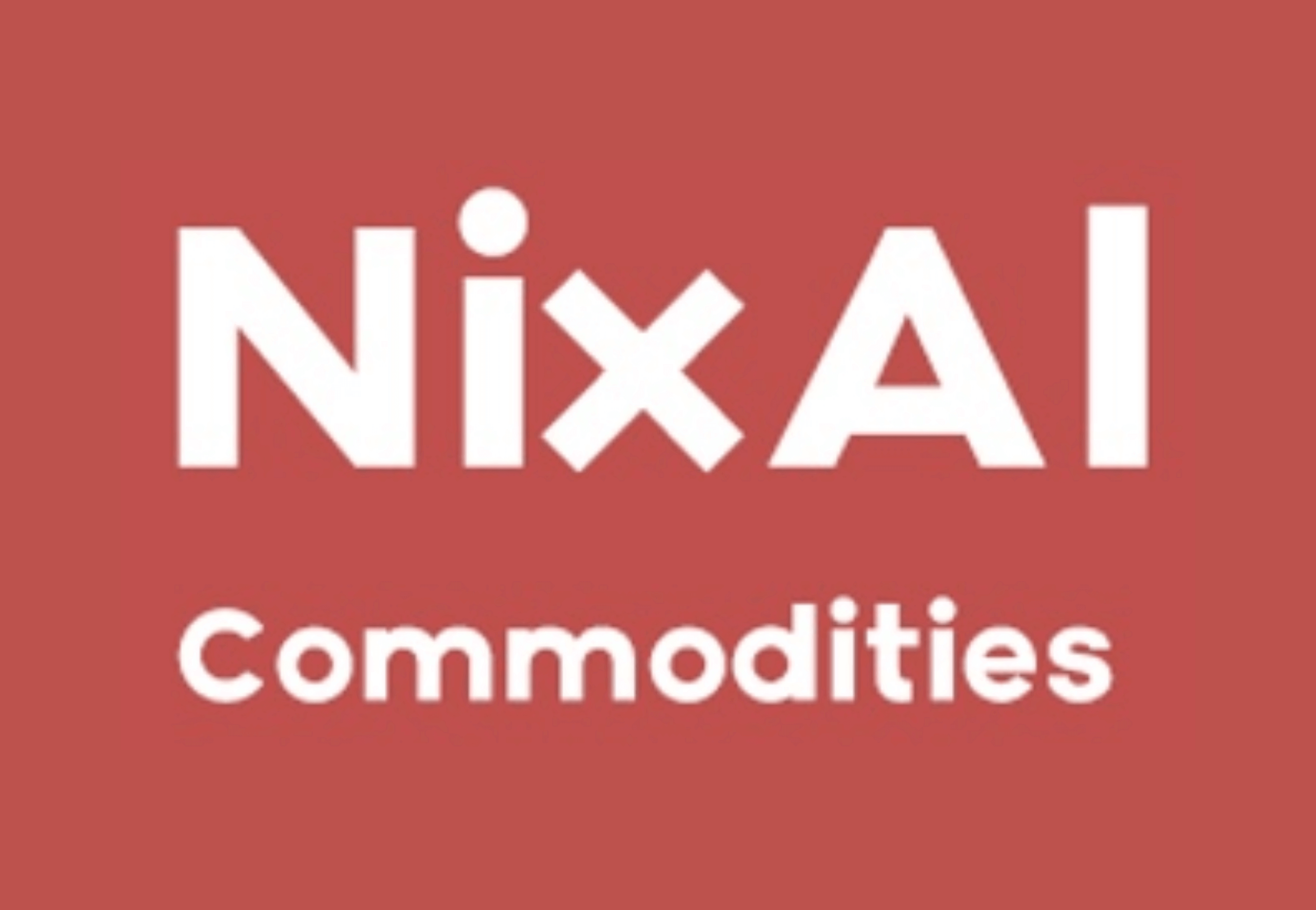Insight Focus
- Russia claims the Black Sea Corridor has been extended for 60 days.
- Other signatories claim the extension is for 120 days.
- Russia has proposed a potential export ban for wheat and sunflower products.
Forecast
No changes to our Chicago Corn average price forecast for the 22/23 (Sep/Aug) crop in a range of 6 to 6,5 USD/bu. The average price since Sep 1 is running at 6,7 USD/bu.
Market Commentary
Russia suggesting export restrictions triggered a short covering rally last Friday reversing all the losses in Chicago, but not enough in Europe which closed the week negative.
We had downward pressure during most of last week on good weather in all growing regions -except for Argentina- and the extension of the Black Sea corridor.
Last Monday was finally confirmed the extension of the grain corridor with Russia saying it would only be for 60 days while the rest of the signing parties said it was for 120 days. We will have to wait and see what happens after 60 days.
But the downside pressure finished after Russia surprised the market last Friday announcing a potential export ban on Wheat, Sunflower Oil and Sunflower seeds. The large spec short did the rest of the work as the buying triggered a sizable short covering rally.

Looking at 2023 production, the Ukrainian ministry of agriculture forecast Corn planting at 3,6 mill Has or -14% year on year. Planting has not yet started.
Dry weather in Argentina continues to worry and local analyst BAGE has warned of another potential downgrade to Corn and Soybean production. Their Corn production currently stays at 36 mill ton vs. 49 produced last year. Harvesting is 5,4% complete vs. 10,1% last year but this delay is obviously of no concern given the much smaller crop to be harvested this year.
In Brazil, the Soybean harvest continues to run slow just 62,5% complete vs. 70,6% last year. The second corn crop made a big weekly progress and is now 85,1% planted but still behind last year’s pace of 94,7%. The first Corn crop is 35% harvested vs. 41,6% last year.
Coceral revised their EU Corn production forecast down to 62,1 mill ton vs. 64,5 before, much higher than the 52,3 mill ton produced last year and thanks to a recovery in Hungary, Romania and Bulgaria assuming they will not be hit by another severe drought like they had last year.
In the Wheat front, the EC MARS bulletin said Wheat condition is good but highlighted the risk of conditions worsening given the very low rainfall especially in southern Europe.

Coceral increased their EU Wheat forecast production to 129,5 mill ton vs. 128,9 before which it would be +2,3% year on year on the back of slightly better yields. The bulk of the growth is expected in France.
The Ukrainian ministry of agriculture forecast Wheat planting at 4,2 mill has or -17% year on year.
In the weather front, rains and snow are expected in the US which will be positive for Wheat condition and beneficial for Corn planting. Brazil is expected to receive rains in the center west and the south, and Argentina is also expected to receive rains. Europe will remain dry in the south.
There were no further news over the weekend around the potential export ban in Russia which triggered the short covering rally last Friday. This will probably drive price action this week, but we think the bumper Russian Wheat crop needs a big export program thus is somehow nonsense to limit Wheat exports.
We continue to think, fundamentally the market will slowly but steady trend lower unless we really have disruptions in the Russian export flow.













